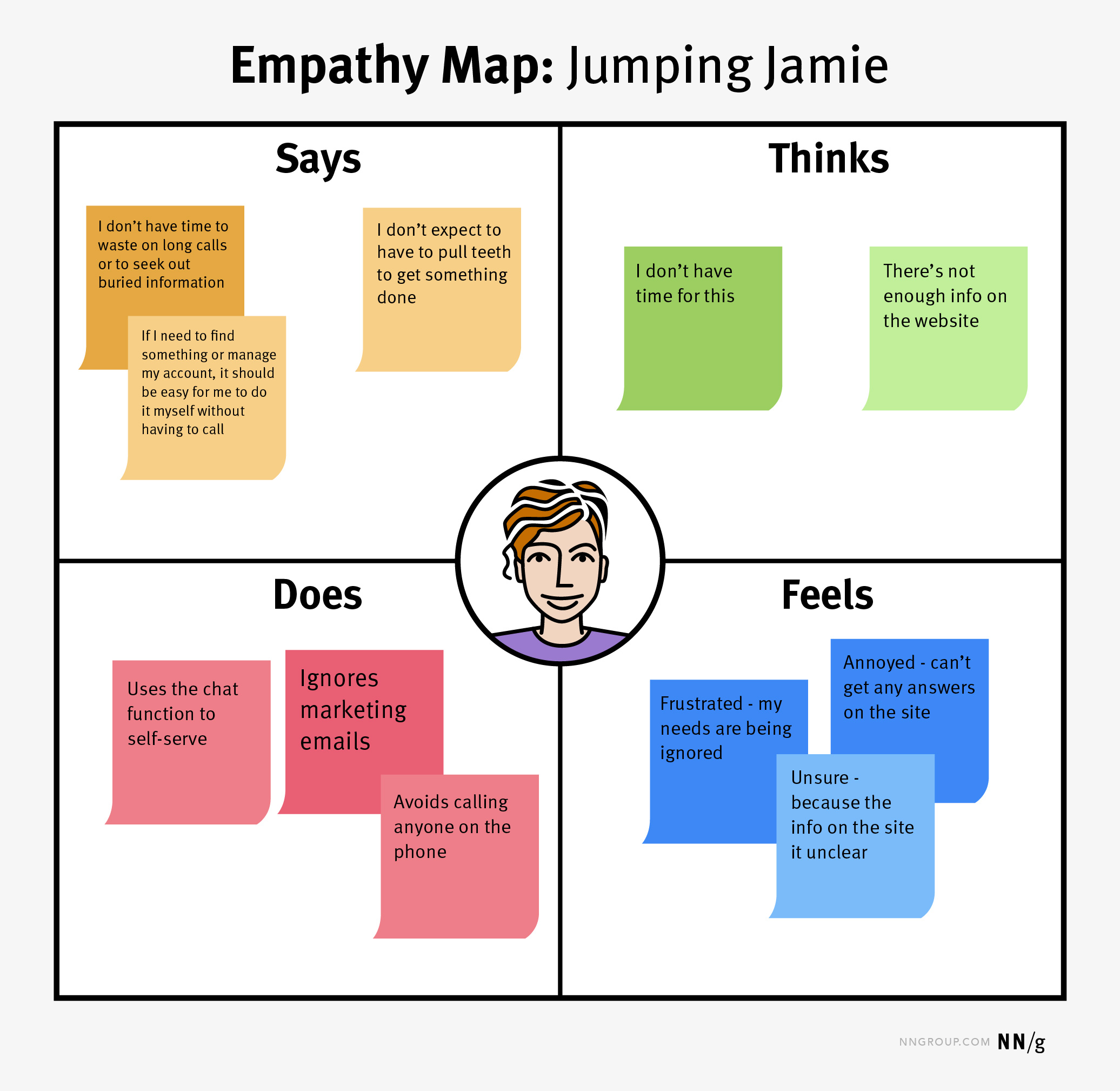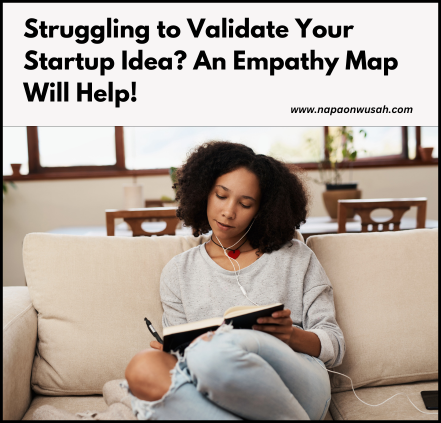From the get-go, no one knows which business idea will succeed; not even venture capitalists or startup accelerators. And bear in mind that some startup ideas look very viable and may also run profitably in their early stages but decline soon enough. In contrast, others have a pretty rough and unprofitable start and they eventually scale beyond the founder’s imagination just like Lynda.com, an online educational platform that was eventually acquired by LinkedIn (keep reading to learn from Lynda’s business).
Well, does this mean that building and running a startup depends on luck? Not quite. There are a couple of things that if you execute properly could set you and your startup up for success now and in the future. With the uncertainty and volatility of today’s business landscape, pursuing an untested idea can lead to a huge waste of time and resources. To avoid getting trapped in the cycle of building and developing failed products, you must spend some time to validate your startup idea. That’s what this article will help you with, so keep reading.
Good Idea vs Bad Idea: Common Startup Idea Mistakes
Over 50 million new startups launch every year. A 2022 Microsoft article revealed that there are more than 150 million startups globally with an average of 137,000 startups starting every single day. These numbers are mind-blowing but what can we deduce from them? From a numbers perspective, this shows there is a lot of competition for customers since they are introduced to new products and solutions every day. Inevitably customers’ attention span will continue to decline and only truly valuable ideas will stand the test of time.
At this point, you may be thinking, “What is a good startup idea? And how can I arrive at one?” I’ll tell you. A good startup idea is one that addresses a pain point, a real problem that a group of people (users/customers) experience in their everyday life. It begins with identifying a critical problem rather than leading with an idea that simply “generates” revenue. A good startup idea meets a need, fills a gap, and ultimately unlocks value for the user so they are willing to pay for your solution.
Recent statistics show that there are currently 31.7 million small businesses in the United States, accounting for 99.9% of all U.S. businesses. In 2021 the U.S. Bureau of Labour Statistics discovered that about 20% of new startups failed in the first year of operation, 45% within the initial five years, and 65% within the initial 10 years. Interestingly, less than 1% of startups actually hit the $ 1 billion mark to become a ‘Unicorn’. So what could be the root cause of these failures?
The four most common startup idea mistakes I see include:
- Building products that don’t solve real problems people care about
- Not talking to customers
- Not talking to other founders who have tested similar ideas to learn why the idea failed or succeeded
- Waiting for a perfect idea and spending too long developing the product that it never eventually gets to the market.
While there are a lot more reasons startups fail, according to Bill Gross, an investor and fund manager, ‘idea, team, business model, funding, and timing’ are the five things that matter most for startups to succeed. Now that you have an idea or you’re considering one, let’s validate it together.
What Validating Your Startup Idea Means
When you validate your startup idea, you are testing its feasibility and acceptability by your target market by gauging the idea’s potential to address their needs or problems. After discovering the problem you intend to solve by identifying: who is experiencing the problem, why it is important or worth solving, what happens if it is not solved, and the impact of the problem on people’s lives, then you are ready to validate your startup idea.
There are many tools and processes you can use but today I want us to look at an empathy map to help you understand your users’ needs, thoughts, and feelings.
Using an Empathy Map and How to Create One
An empathy map has four quadrants that help you better understand your potential customers.

The ‘Says’ Quadrant: It houses statements your users say out loud about the problem you are trying to solve.
The “Thinks” Quadrant: Here you get into the mind of the user to find out what they think about the problem but are not saying aloud.
The “Feels” Quadrant: This section allows you to examine what emotions your target users might be feeling when they face this problem. Are they sad, anxious, confused, frustrated, overwhelmed?
The “Does” Quadrant: Now you are trying to find out what actions they are already exploring or considering to help them out of this problem.
Carefully responding to the questions in this empathy map is a great start for coming up with viable ideas for your startup.
Once your empathy map is ready, you will be able to summarise who your target user is, their current situation, and their current solution. You will also be able to identify the unique value proposition of your solution by determining what your solution will do differently when compared with their current solution.
Now that you’ve learned to validate your startup idea with an empathy map, here’s a free workbook to practice all we’ve discussed.
With your startup idea clearly spelled out, you can now turn the idea into an MVP (Minimum Viable Product) – 3Las can help you with this. Once your MVP is available, get your first set of core users to test the product. Ask them for valuable feedback to help improve the product and only then will you achieve product-market fit. Rather than relying on vanity metrics like how many people joined your product waitlist, other reliable indicators that users are interested in your idea include their willingness to attend your product demo sessions, give real feedback, and even refer other users to become early adopters.
And just before you head off!
You must remember that launching a new product and building a startup is serious business so gear up for the ups and downs that come with it. You’ll get inspired by Lynda’s story. From securing a $35 domain name and launching Lynda.com in 1995, Lynda Weinman’s idea of helping students get free resources on web design blew up to become more than just a glamorous idea but a solution that tackled a real problem for those seeking educational tech content.
While her company hit a tough roadblock in 2001 that resulted in the layoff of about 75% of its staff, the business struggled to survive and then eventually hit $70M in revenue without a penny from investors. In 2015, it was acquired by LinkedIn for $1.5 billion in cash and stock. One lesson Lynda’s story reiterates is the importance of solving problems rather than merely launching products. And when you eventually launch your product, the focus becomes on customer satisfaction and improving your solution.

